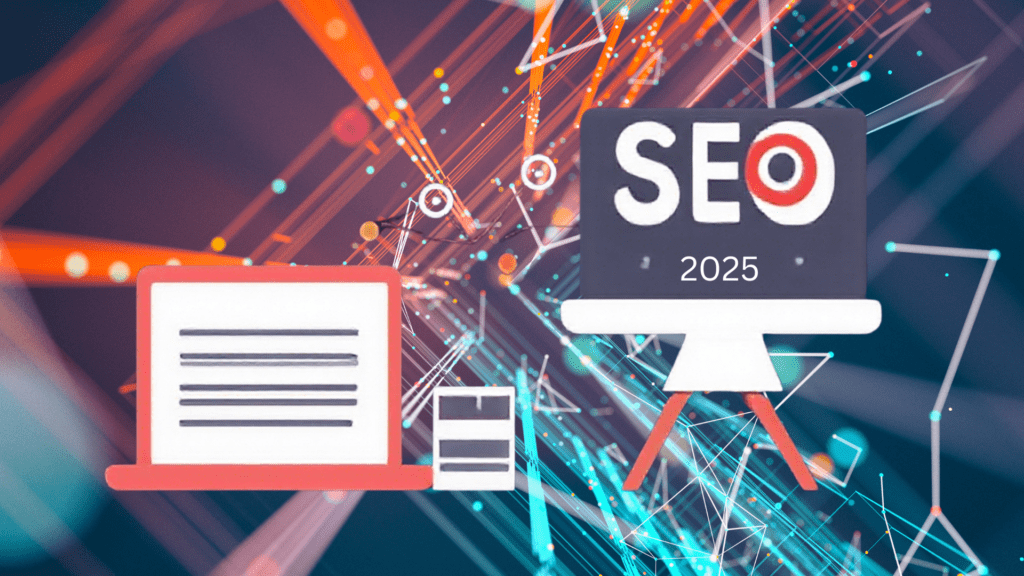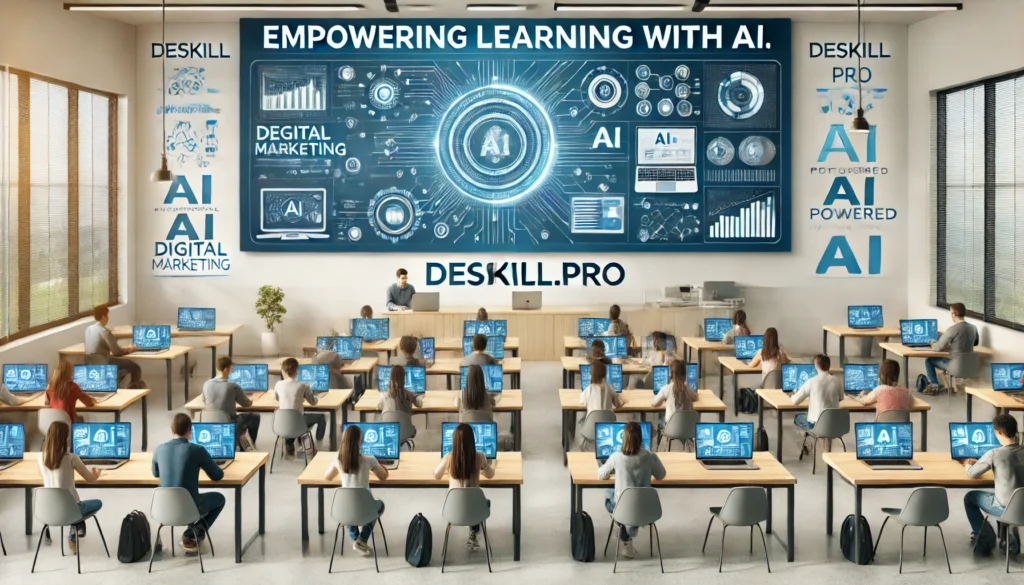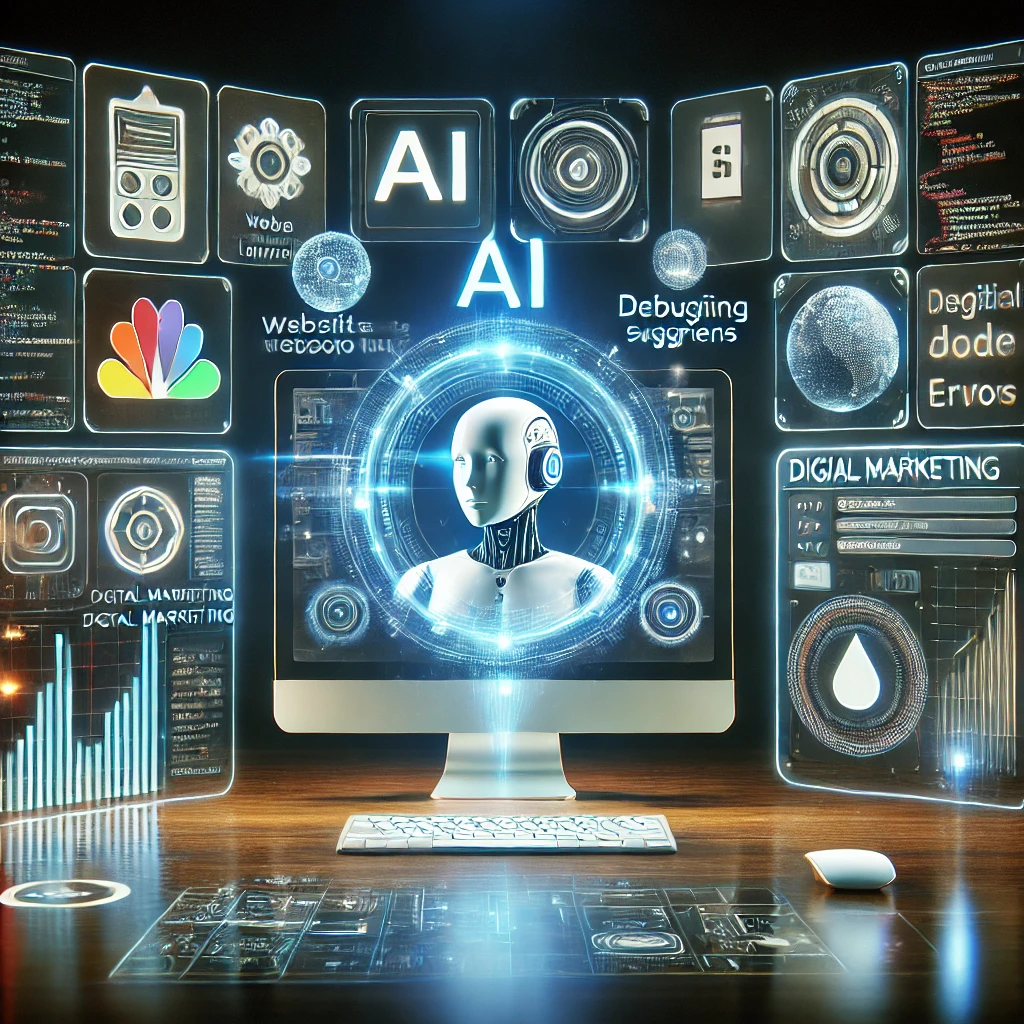Transform Your Business Communication with Lotus Chat: The Ultimate WhatsApp Management Solution
Transform Your Business Communication with Lotus Chat: The Ultimate WhatsApp Management Solution In today’s fast-paced digital world, effective customer communication can make or break your business. For many growing businesses, WhatsApp is the go-to platform for connecting with customers. However, managing customer interactions through WhatsApp often leads to chaos: lost messages, delayed responses, and frustrated customers. This is where Lotus Chat WhatsApp Management steps in—a revolutionary AI-powered solution that transforms your business communication into a professional, seamless, and scalable experience. The Challenges of Managing WhatsApp Communication Employees Using Personal WhatsApp Numbers Many businesses rely on employees’ personal WhatsApp accounts, creating challenges in maintaining professionalism and consistency. Limited Access and Tracking with WhatsApp Business WhatsApp Business, while useful, limits team access, making it difficult for multiple employees to manage conversations simultaneously. Lost Messages and Missed Opportunities Important customer queries can get buried or overlooked, leading to missed sales and frustrated clients. Lack of Accountability and Control Without centralized tracking, it’s hard to ensure accountability or measure team performance. Loss of Critical Customer Data When employees leave, they often take critical customer interaction history with them, affecting future business relationships. Why WhatsApp Business Falls Short for Growing Teams Restrictive Access WhatsApp Business allows only up to 4 users, which isn’t sufficient for larger teams. Lack of Privacy and Workflow Features All conversations are visible to everyone, leading to confusion and overlapping efforts. No Task Assignment There are no features for assigning tasks or tracking workflows, making it challenging to manage complex operations. Limited Reporting Managers have minimal visibility into team performance, hindering strategic decision-making. Introducing Lotus Chat: A Game-Changer for Business Communication Lotus Chat is designed to solve these pain points, offering businesses a robust and intelligent WhatsApp management solution. Here’s how: Unified, Professional WhatsApp Number Use a single professional WhatsApp number to manage all customer interactions, ensuring consistency. AI-Powered Message Routing Automatically route messages to the right team or department for faster and more accurate responses. Separate Workflows Avoid confusion and overlapping tasks with dedicated workflows for each team member or department. Real-Time Conversation Tracking Gain full visibility into conversations for improved accountability and oversight. Advanced Analytics and Reporting Make smarter decisions with actionable insights into customer interactions and team performance. Key Benefits of Lotus Chat WhatsApp Management Streamlined Communication Centralize all conversations in one platform with clear workflows to improve efficiency. Improved Customer Trust Respond professionally and promptly, enhancing your brand’s reputation. Enhanced Team Productivity Prevent overlapping tasks and missed messages, boosting overall team productivity. Scalable Solutions Lotus Chat is built to grow with your business, adapting to increasing customer demands. Data Security Retain and secure customer interaction data, even when employees leave the company. How Lotus Chat Works Set Up Your Professional WhatsApp Number Easily configure a dedicated number for business use. AI-Powered Task Assignment Use artificial intelligence to route messages to the right person or team automatically. Monitor Performance Access detailed analytics to track team efficiency and improve workflows. Scale with Ease Effortlessly adapt to growing customer demands without compromising on quality. Set Up Your Professional WhatsApp NumberEasily configure a dedicated number for business use. AI-Powered Task AssignmentUse artificial intelligence to route messages to the right person or team automatically. Monitor PerformanceAccess detailed analytics to track team efficiency and improve workflows. Scale with EaseEffortlessly adapt to growing customer demands without compromising on quality.Lotus Chat is ideal for a variety of businesses, including: E-Commerce Businesses Manage high volumes of customer inquiries with ease. Retail Shops Streamline order management and customer support. Service-Based Industries Provide efficient support for clients in industries such as healthcare, logistics, and consulting. Customer Support Teams Improve response times and customer satisfaction across teams. Get Started with Lotus Chat Today! Say goodbye to communication chaos. Lotus Chat WhatsApp Management is your one-stop solution for professional, efficient, and AI-driven WhatsApp management. Take control of your customer communication, elevate your team’s productivity, and enhance your business reputation. Don’t wait—transform your business communication with Lotus Chat today!











